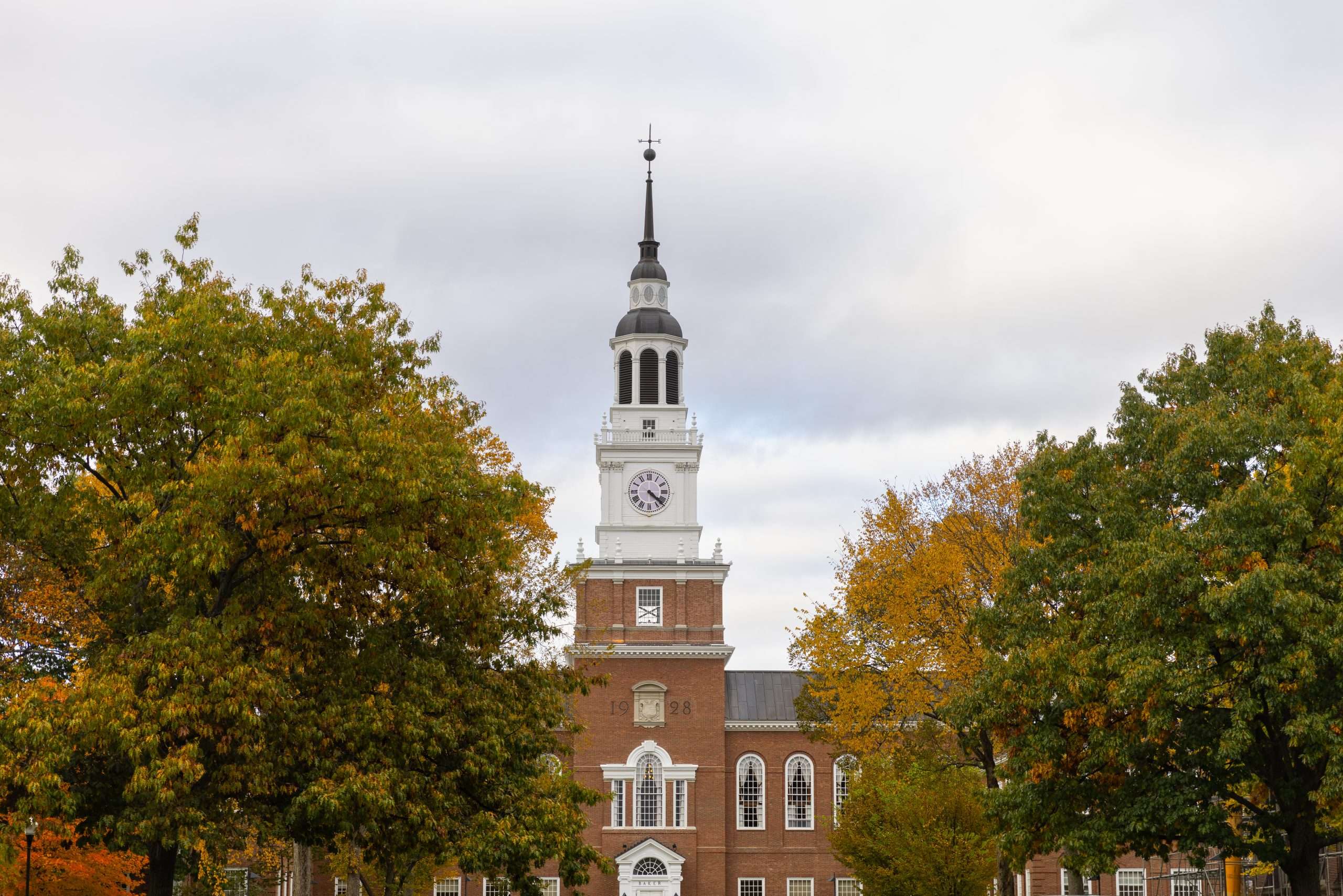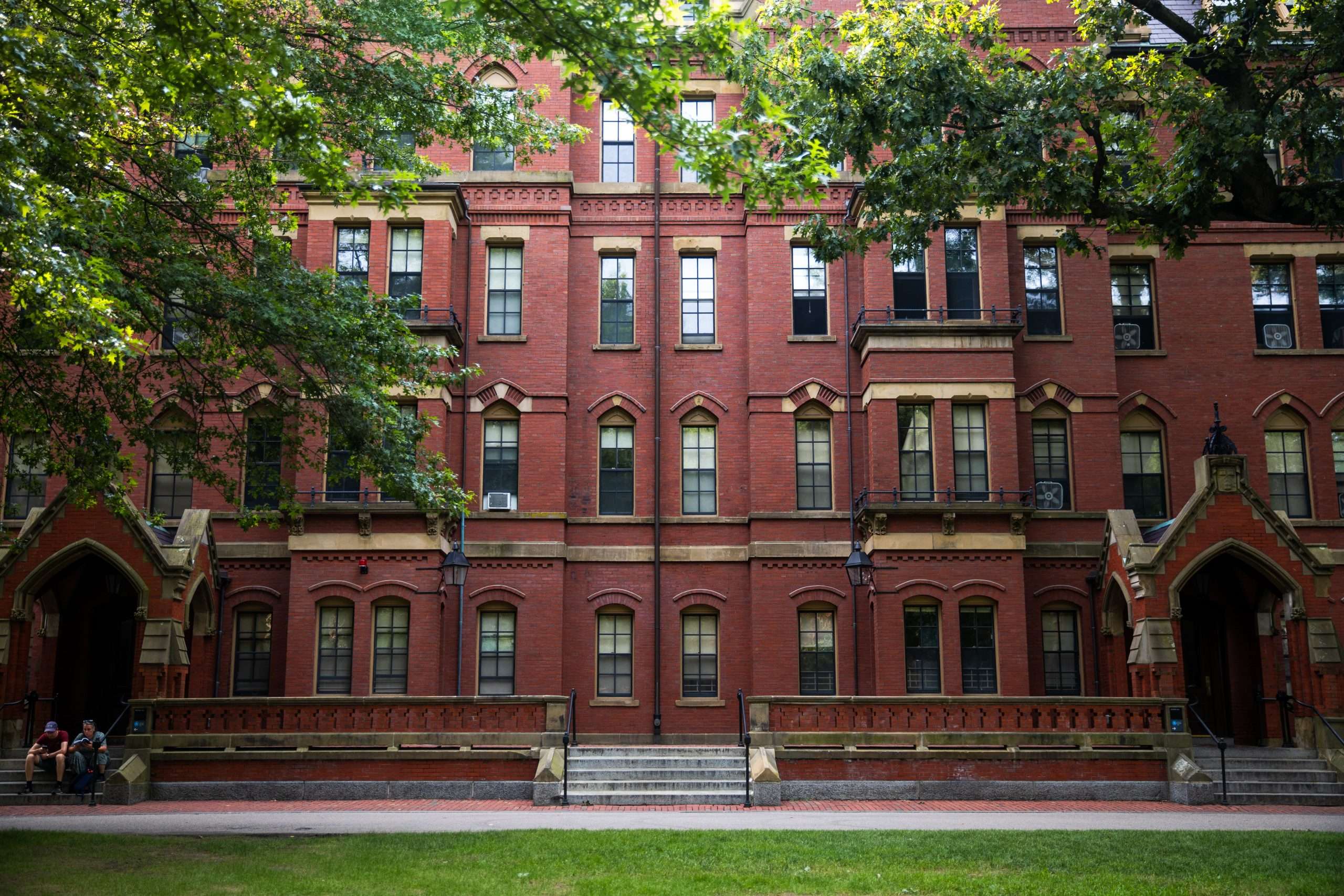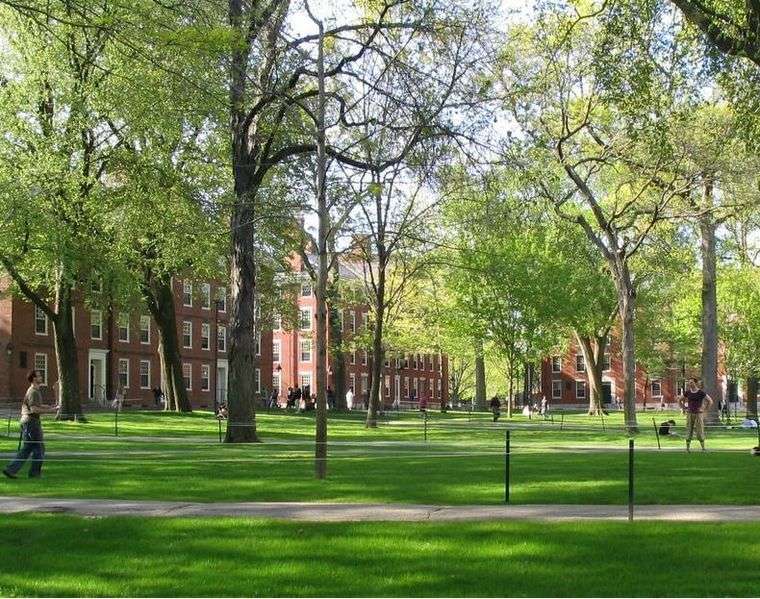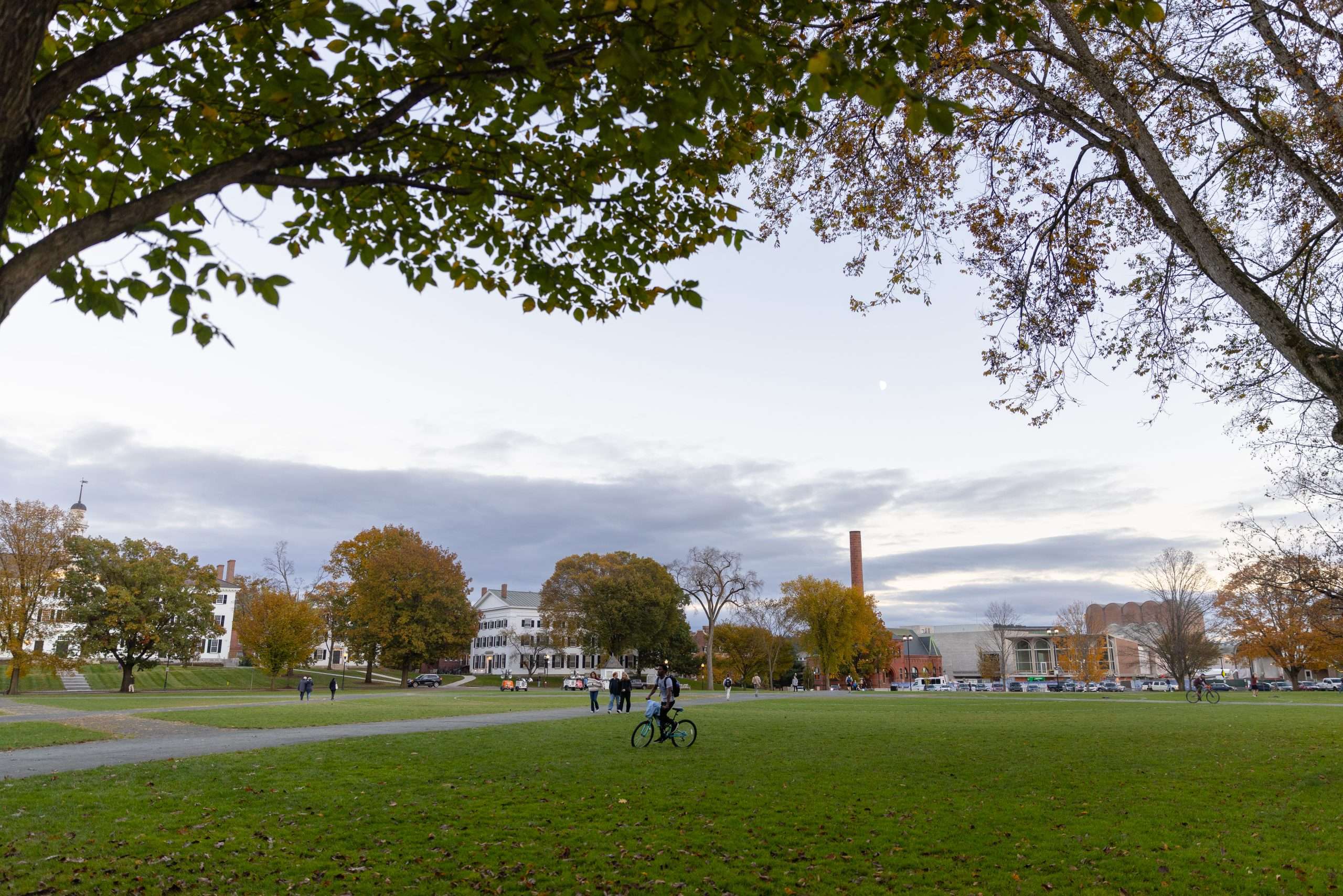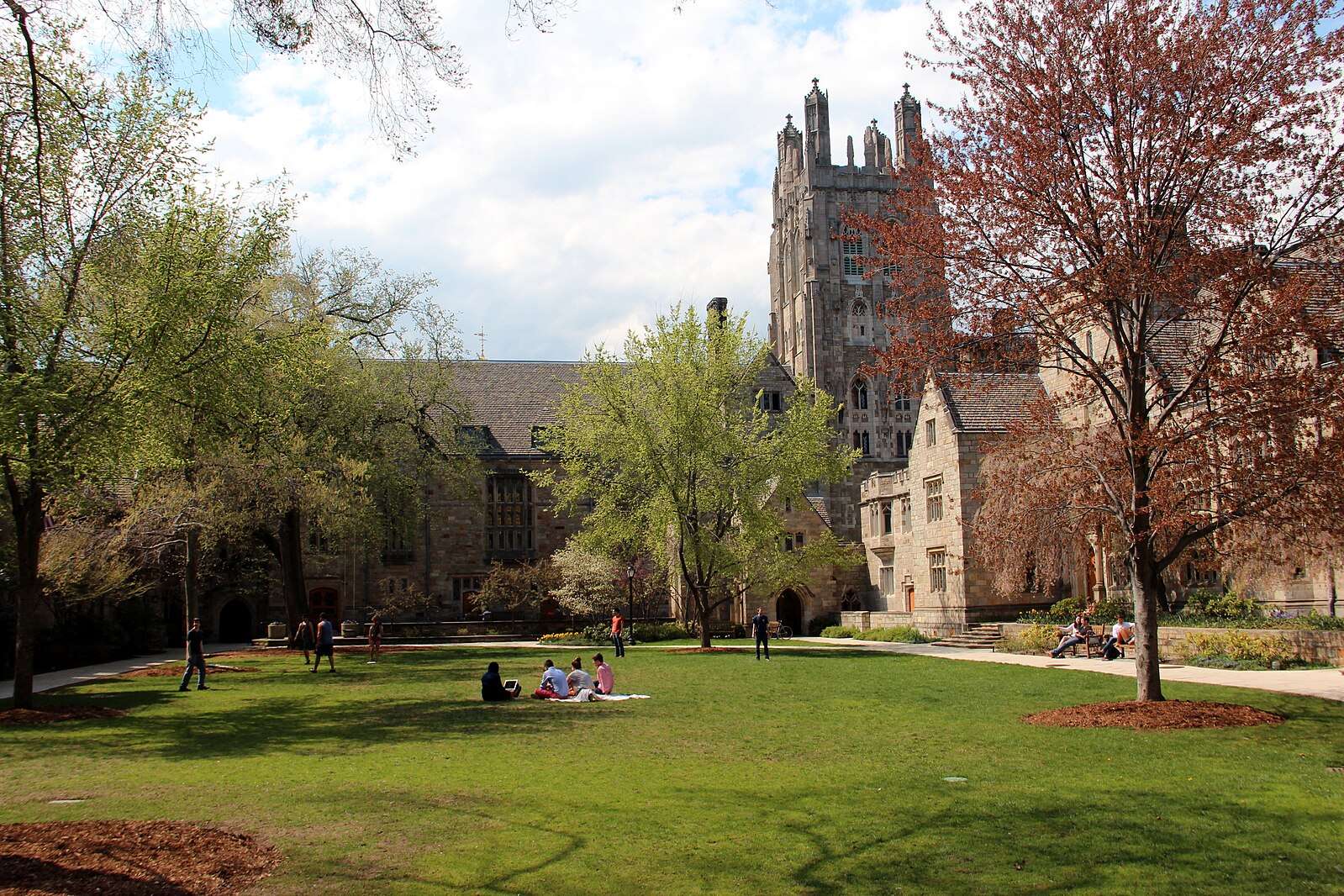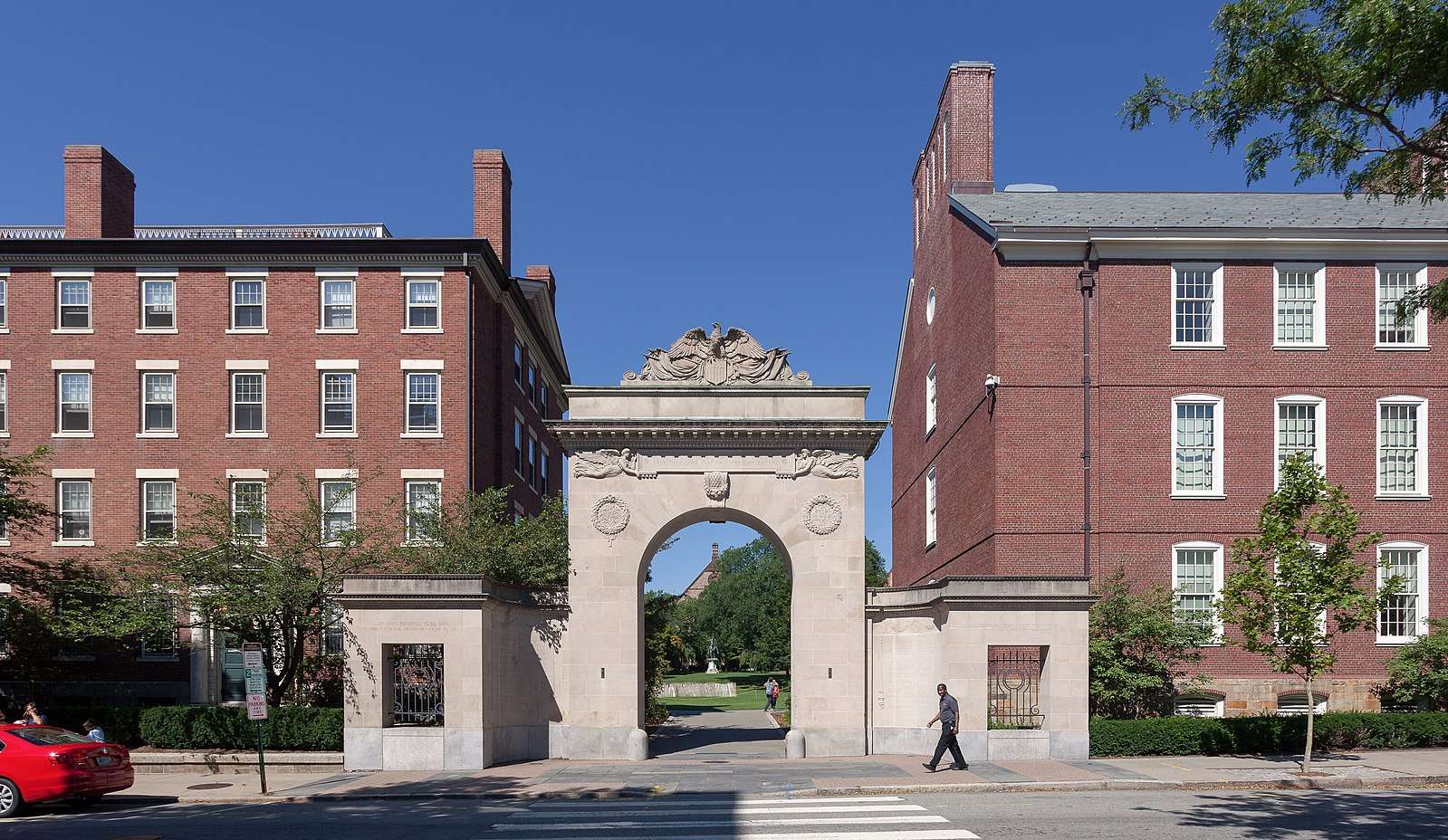The Ivy Coach Daily
Harvard University Class of 2026 Early Action Statistics
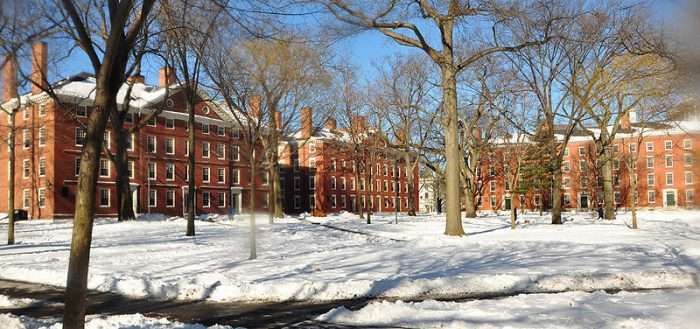
Harvard University has released Early Action notifications for its Class of 2026. In all, 9,406 students applied Early Action to Harvard’s Class of 2026. To put this figure in historical context, 10,086 students applied Early Action to Harvard’s Class of 2025, a then-record (we counted 10,087 EA applicants last year, for the record). Prior to the Class of 2025, the size of the Early Action pool never hit 7,000. So it seems that Ivy Coach’s famously accurate crystal ball has struck again. As our readers may remember, when so many news outlets, private college counselors, high school counselors, and the rest of the members of the peanut gallery were suggesting it was likely going to be another record year in elite college admissions, we suggested it would likely only be the second strongest year in elite college admissions. We didn’t believe this year’s figures would surpass last year’s all-time records. And we were right. In any case, of the 9,406 Early Action applicants to the Harvard Class of 2026, 740 earned admission, marking a 7.87% EA admission rate, a figure that compares to 76.4% for EA round of the Class of 2025. Prior to the Class of 2025, the EA admission rate never dropped below 13%.
Breakdown of the Early Action Admits to the Harvard Class of 2026
As The Harvard Gazette reports in a piece entitled “College accepts 740 under early action program,” “So far, nearly 12 percent of the admitted students come from first-generation college backgrounds, compared with 16.7 percent last year. In addition, this year 10.8 percent are estimated to be eligible for federal Pell Grants for those demonstrating exceptional need. African Americans constitute 13.9 percent of those admitted (16.6 percent last year), Asian Americans 25.9 percent (23.4 percent last year), Latinx 10.5 percent (10.4 percent last year), and Native Americans and Native Hawaiians 3.7 percent (1.3 percent last year). International citizens comprise 12.6 percent of the admitted students to date this year, compared with 12.2 percent last year.”
Unsurprisingly, in spite of releasing all the aforementioned admissions statistics, Harvard chose not to release the percentage of students who did and did not earn admission with and without test scores under the school’s test-optional policy. In fact, in the article in The Harvard Gazette, Dean of Admissions William Fitzsimmons is quoted, “Students who do not submit standardized test scores will not be disadvantaged in their application process. Their applications will be considered on the basis of what they have presented, and they are encouraged to send whatever materials they believe would convey their accomplishments in secondary school and their promise for the future.” And what do we have to say about that? To quote our president, malarkey. All else being equal, a student with a great test score will always enjoy an advantage over a student with no test score and until Harvard releases the percentages of students who did and did not earn admission with and without scores, it’s a whole lot of PR spin.
Congratulations to all of Ivy Coach’s students who applied Early Action to Harvard’s Class of 2026. You all got in and we are so very proud of you!
You are permitted to use www.ivycoach.com (including the content of the Blog) for your personal, non-commercial use only. You must not copy, download, print, or otherwise distribute the content on our site without the prior written consent of Ivy Coach, Inc.
TOWARD THE CONQUEST OF ADMISSION
If you’re interested in Ivy Coach’s college counseling, fill out our complimentary consultation form and we’ll be in touch.
Get Started